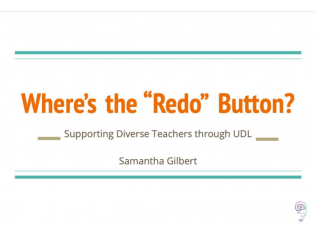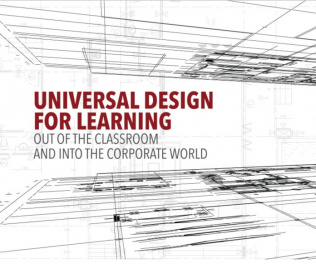
Where’s the “Re-do” Button? Supporting Diverse Teachers through UDL
This UDL talk launches discussion around the important question, “How can UDL best support diverse teachers in designing instructional experiences inclusive of both teacher and student variability?”
Despite Universal Design for Learning (UDL, Rose & Meyer, 2002) being internationally recognized as a framework that addresses students’ inherent learner variability and reduces their barriers to learning (Basham et al., 2018), little work has addressed the inherent variability of diverse teachers. In particular, all teachers will at some point face barriers to executive functioning; notably, this is of relevance as teachers adapt to distanced learning. This UDL talk launches discussion around the important question, “How can UDL best support diverse teachers in designing instructional experiences inclusive of both teacher and student variability?”
Share this resource:
Posted date:
January 25, 2022



